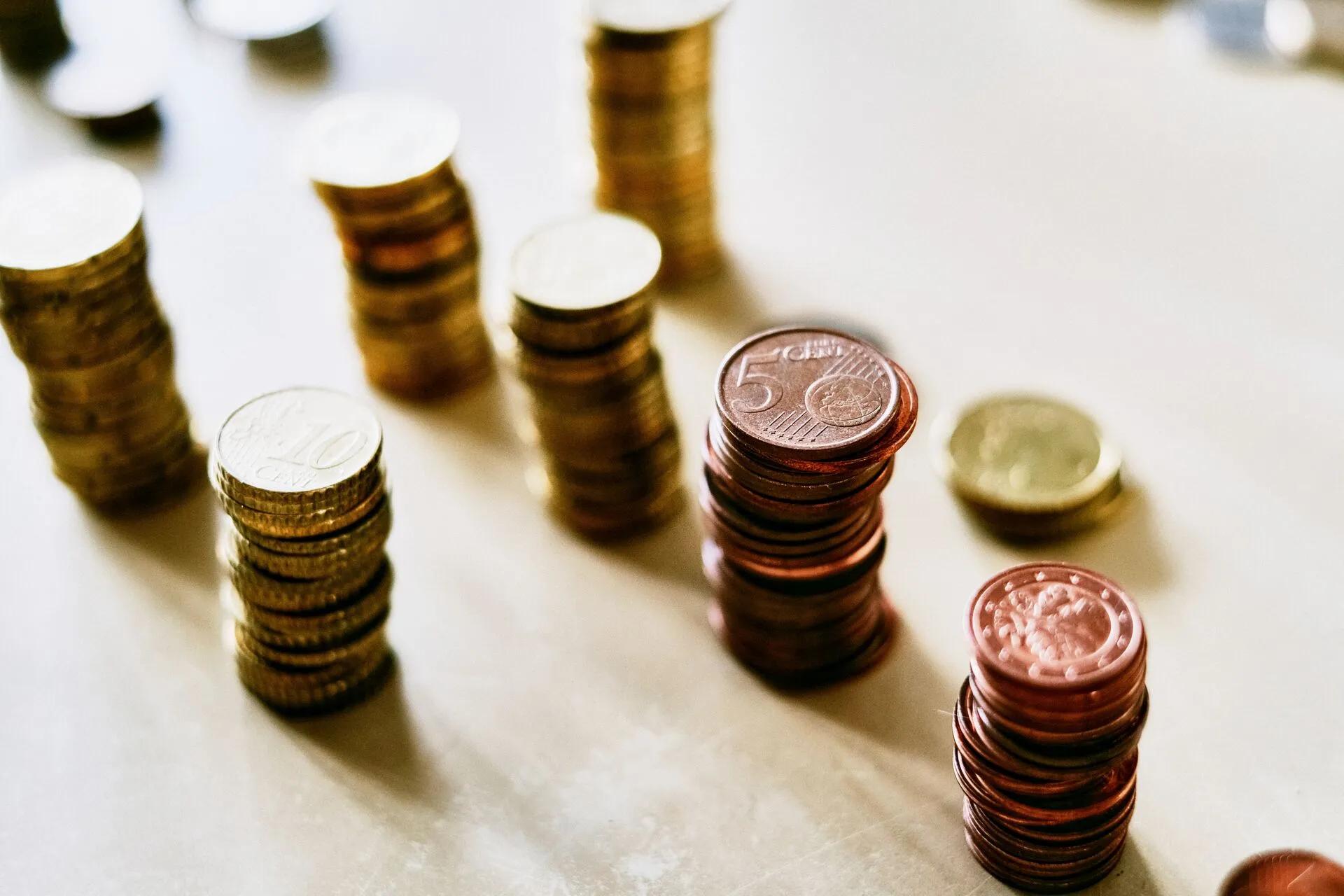
Strong Euro – A curse or a blessing?
8 August 2025
Reading time: 4 min
In mid-June, ECB President Christine Lagarde spoke of a “global euro moment”. In light of the threat of US tariffs, this was a rather optimistic statement. Yet, it fits the spirit of the times: Trump’s erratic economic policy and concerns about the rule of law are damaging the US economy and opening new, unexpected opportunities for Europe. At least, that is the narrative of Lagarde and many Europeans. But is Europe really taking advantage of this moment?
Chief economist
Carsten Brzeski

The strength of the euro in 2025 is surprising. Since Trump took office, the euro has risen from 1.05 to almost 1.20 US dollars per euro at times. Contrary to expectations, the seemingly endless tariff saga has not weakened the euro but strengthened it. On the one hand, this has to do with the fact that Donald Trump’s trade policy is not only accompanied by erratic announcements, threats and reversals, but also by constant attacks on the independence of the US Federal Reserve and a fiscal policy, such as the “One Big Beautiful Bill Act”, which will further increase US government debt. Investors are reallocating their portfolios.
At the same time, the new German government’s reversal on the debt brake, including a special fund for infrastructure investments and a “whatever it takes” approach to defense, has raised hopes that Germany (and Europe) will finally be able to fully exploit their economic and geopolitical potential. This hope is also reflected in the fact that the euro has appreciated not only against the US dollar, but also against most other currencies. The nominal effective exchange rate of the euro has risen by a solid 7 percent since the beginning of the year.
For the eurozone, the strong euro is both a blessing and a curse. On the one hand, the appreciation signals confidence in the potential of the monetary union. On the other hand, the strong euro acts like a tariff on exports. The strong euro helps the ECB to reach its inflation target more quickly through cheaper imports, especially of energy.
Since the introduction of the euro, Europeans have dreamed of replacing the US dollar as the world’s leading currency. But Europe must be careful not to put the cart before the horse. A global reserve currency requires an integrated capital market, acceptance as a transaction and reserve currency, and the willingness to act as a lender of last resort in times of crisis, both for capital markets and geopolitics. For Europe, this means completing the capital markets union, creating investment opportunities such as Eurobonds as a “safe haven,” products that are in demand worldwide, and military independence.
However, if the US continues to lead the way in artificial intelligence, Europe fails to agree on far-reaching reforms and integration, and the upturn does not go beyond debt-financed stimulus measures, Lagarde's “global euro moment” will remain untapped.
Europe has the opportunity to take a big step forward. It just needs to seize it.
This column was first published in the Opens in a new tabE-Magazine "DerTreasurer Kompakt" on August 7, 2025.
The current outlook from ING Germany Chief Economist Carsten Brzeski
In his column in the "DerTreasurer Kompakt" E-Magazine, Carsten Brzeski takes a look at the current economic environment once a quarter. Carsten Brzeski is Global Head of Macro Research at ING and has been Chief Economist for Germany since 2013.
You have questions or want to get in touch?
Then why not speak directly to one of our experts?
